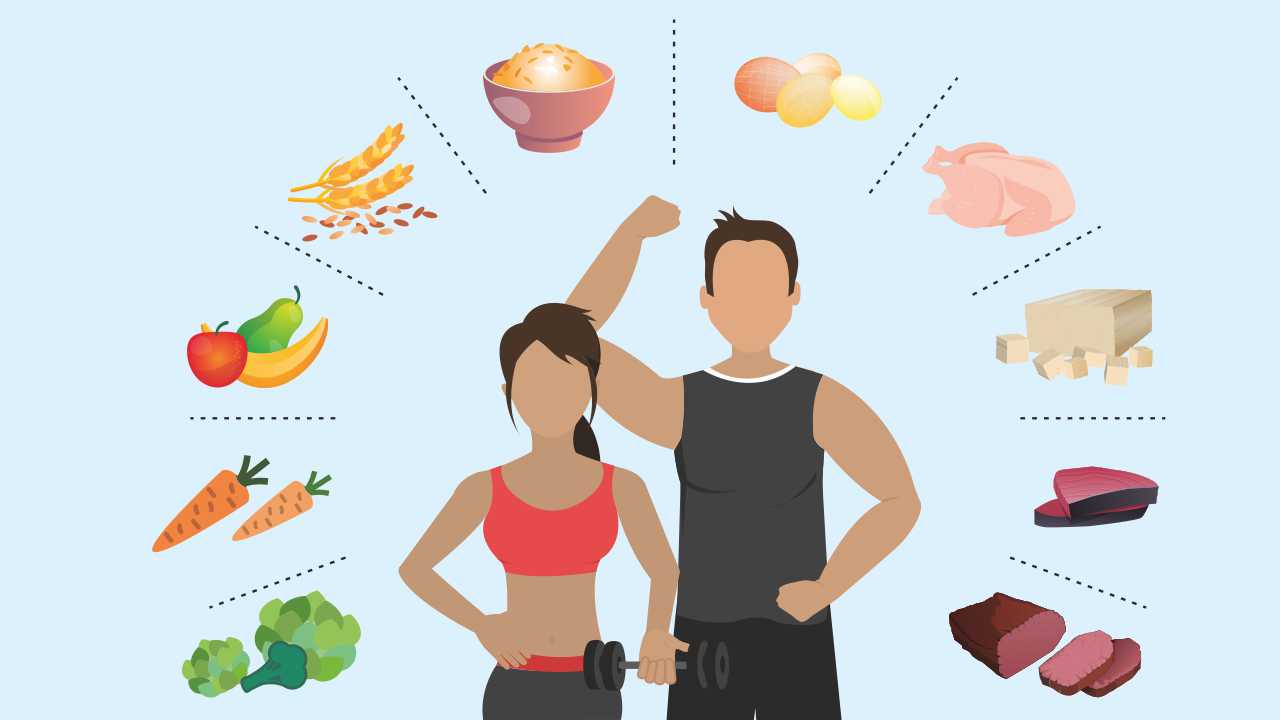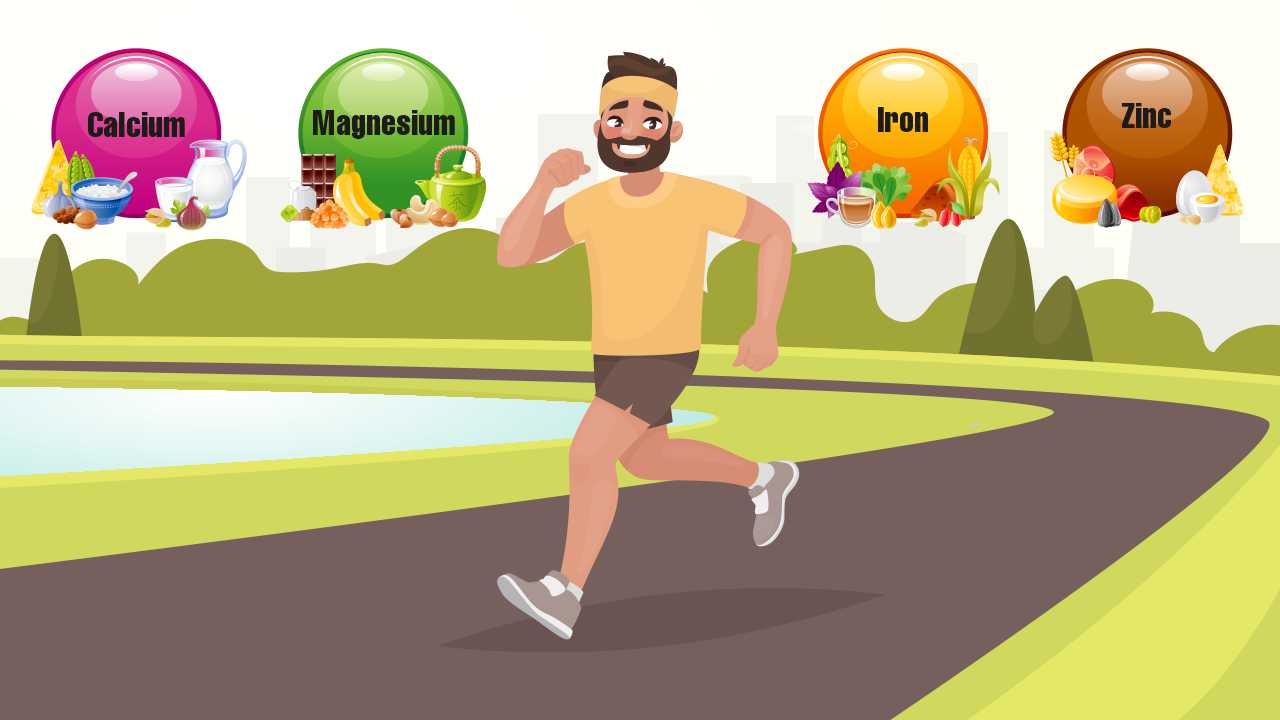
Carb Cycling Diet Plan: A Comprehensive Guide

Carbohydrate cycling, commonly called carb cycling, is a strict diet plan, which switches between high-carb and low-carb meals and days in tandem with your energy needs. It is used by individuals with different performance and health-related goals. A bodybuilder may use carb cycling to drop body fat and build muscle mass, while a marathon runner may seek to store more carbs to enhance performance on race day. Similarly, an overweight non-athlete may cycle their carbohydrate intake to achieve weight loss. Let us understand what carb cycling is, how it works, and whether it might be right for you in this beginner’s guide to carb cycling.
Also read: Carbohydrates: Are They Good or Bad?
What is carb cycling?
Carb cycling involves going back and forth between high-carb and low-carb meals or days. Some plans even include no-carb meals and days. It is all about matching your fuel intake with your energy needs. Typically, it is advisable to have a high-carb intake on days when you are exercising hard.
On days when you plan to do easier workouts or are resting to recover from strenuous exercises, you need to have a low carb consumption — about 25% to 50% of your usual carb intake. On high-carb days, you can add carbs to your baseline diet to achieve about 150% to 175% of your usual carb intake
Let us illustrate the point. If your baseline carb intake is 300g per day, you will consume 75g to 150g of carbs on low-carb days and 450g to 525g of carbs on high-carb days. The weekly carbohydrate intake remains the same; there is only a change in the daily distribution.
Using the same example, if your daily carb intake is 300g, this means your weekly intake would be 2,100g (300g daily x 7 days per week). So, while carb cycling, you will eat 2,100g each week. However, you will alternate the intake between high- and low-consumption days. Your fat and protein intake would stay the same each day.
A second method for cycling carbs involves eating the majority of carb-rich foods during the meal that follows physical activity while minimizing the intake at all other meals during the day. By doing this, you are adjusting your carb intake at each meal instead of each day. With this method, you will consume at least 50% of your daily carb intake during the post-workout meal, and the remaining carbs will be distributed between the other meals for the day
For instance, if you exercise in the morning and eat a post-workout meal that contains 60% of your daily carbs, you will minimize your carb consumption during the rest of your daily meals. So, if your daily goal is 200g of carbs and you eat 60%, ie, 120g during your post-workout meal, then the remaining 40% (80g) will be distributed among your remaining meals.
What does an ideal sample carb cycling diet plan look like?
Carb cycling can become rather complex. So, you may face difficulty in adhering to this diet plan. That said, if you are serious about your training and athletic performance, or are looking for a push off a weight-loss plateau, carb cycling may be an important strategy. Here is a sample week of carb cycling based on daily intake changes.
| Day | Exercise | Carb intake level | Amount of carbs |
| Monday | Resistance training | High | 150% to 175% of baseline daily intake |
| Tuesday | Cardiorespiratory training | High | 150% to 175% of baseline daily intake |
| Wednesday | Rest | Low | 20% to 25% of baseline daily intake |
| Thursday | Cardiorespiratory training | High | 150% to 175% of baseline daily caloric intake |
| Friday | Resistance Training | High | 150% to 175% of baseline daily intake |
| Saturday | Cardiorespiratory Training | High | 150% to 175% of baseline daily intake |
| Sunday | Rest | Low | 20% to 25% of baseline daily intake |
How does carb cycling work?
The carbs that you consume are not used immediately for energy. They are stored as glycogen in the liver and muscle cells, where they can be broken down into single glucose molecules to provide energy quickly when required. Because glycogen contains many water molecules, it is large, and therefore, unsuitable for long-term energy storage. So, if a person continues to consume more carbs than the body can use or store, the body will convert the sugar into fat for long-term storage.
It is essential to consistently perform a relatively intense exercise routine before you incorporate carb cycling. Otherwise, those extra carbs will end up being stored as fat and lead to weight gain, eventually increasing the risk of type-2 diabetes and heart disease.
The goal of carb cycling is to modify your carb intake based on your activity levels. Utilize the timing of increased consumption to maximize performance and recovery and reduce the carb intake on days when it is not required
Athletes can plan their carb intake in a variety of ways. For example, some athletes will have higher carb intakes on training days and lower carb intakes on recovery/rest days. Others will incorporate carb-loading into their carb cycling to optimize their performance on race or competition days. Finally, some athletes might adjust their carb intake based on their body-fat levels or body-composition goals, thereby implementing muscle-building phases in their programs.
Keep in mind that while the mechanisms behind carb cycling are consistent with our understanding of nutrition and metabolism, there is a lack of direct research on the topic.
Can carb cycling be used for weight loss?
In addition to the performance-related plus points outlined above, carb cycling benefits potentially include weight loss. Essentially, carb cycling may allow you to reap the advantages of a low-carb diet while still providing adequate carbs on days when you perform high-intensity or long-duration workouts. Here, the key is to ensure that you are eating fewer calories than what you are burning.
Also read: Calorie Deficit: How to Calculate It for Weight Loss
Carb cycling food list and tips
Stay focused on eating healthy, nutrient-dense foods no matter where you are in your carb cycle, particularly on high-carb days. Choose high-fiber fruits and vegetables and stock up on legumes, including beans, peas, and lentils. Eat a lot of whole grains and limit refined grains, added sugars, and highly processed foods. Finally, choose low-fat dairy products.
By choosing nutritional carb-rich foods instead of pasta and bread on your high-carb days, you will have more energy and be able to maintain a healthy weight.
Finally, to power through low-carb days without feeling fatigued, you may derive protein from items like chicken, fish, lean cuts of beef, eggs, or tofu, and avoid starchy vegetables. At the end of the day, no matter how you manage your carb intake, you will have to remain mindful of your total calorie consumption and focus on consuming a healthy, well-balanced diet.
References
1. Coyle EF. Timing and method of increased carbohydrate intake to cope with heavy training competition and recovery. J Sports Sci 1991; 9: 29–51.
2. McConell G, Kloot K, Hargreaves M. Effect of timing of carbohydrate ingestion on endurance exercise performance. Med Sci Sports Exerc 1996; 10: 1300–4.
3. Muth, ND. Sports Nutrition for Health Professionals. Philadelphia: FA Davis, 2015.
4. Precision Nutrition. Carb Cycling: Assessments and Protocols. Precision Nutrition. 2021. https://www.precisionnutrition.com/all-about-carb-cycling-download. (accessed Jul 18, 2021).













